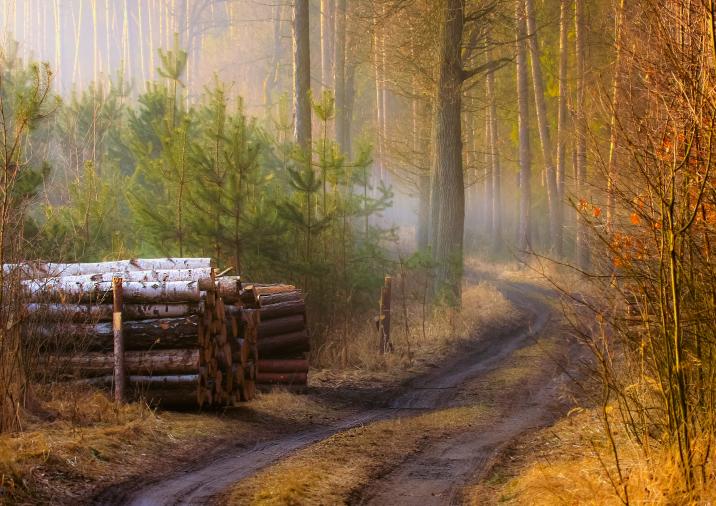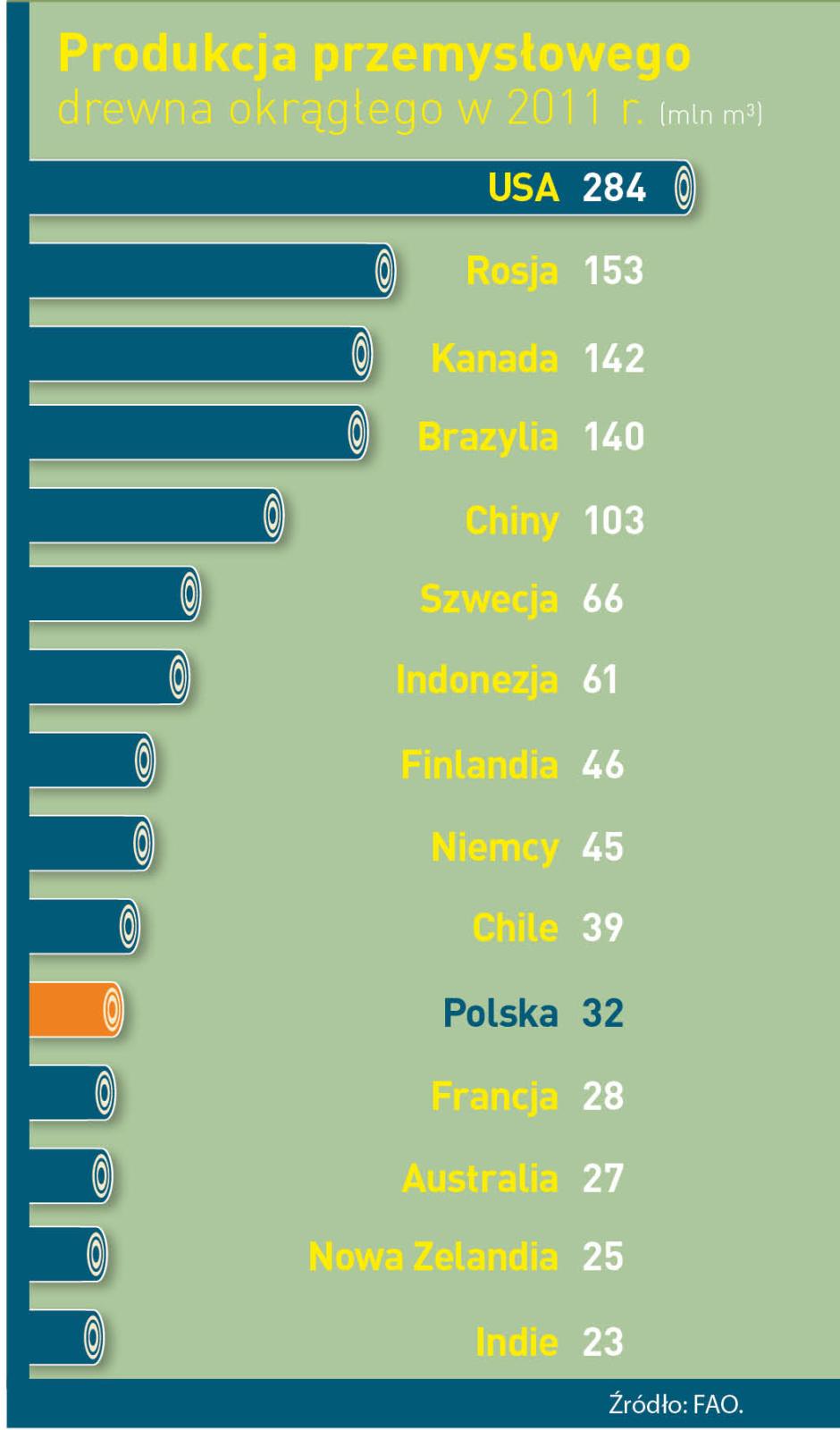 Asset Publisher
Asset Publisher
Polish hit
Polish products made of wood – furniture, window and door frames, yachts or paper and packages – these are real hits of the market.
Our country is the is the 10 largest producer of furniture and the 4 largest furniture exporter in the world. Wood industry sells abroad goods of its approximate value of 45 million zl annually, what constitutes 10 % of the whole Polish export. The measurement of the essential role of forestry and timber based sector in our management is that, it works out about 2 % of GDP (Gross Domestic Product). Not only it gives work to thousands of people, but it is also an engine of investment and of development of innovative technologies. From the beginning of transformation, it drew foreign capital of its value over 30 million zl.
Forest gives work
The State Forests belong to the leading group of employers in Poland. However, both forest and timber provide for workers with several thousand of Forestry Services Companies, which within the contract of mandate deal with, among others, planting trees and their nursing, wood logging and its transportation. And above all cooperate with people employed in several dozen thousand of companies creating wood and furniture industry and paper manufacture. Summing up, it gives as many as 375 thousand of Poles altogether. Statistically, every hundred inhabitant of our country works in the sector connected with forestry and wood processing.
Among private companies of forestry and timber based sector, there are also big companies with the share of foreign capital , and big and medium sized indigenous companies, but 9 of 10 companies in this sector are small plants employing less than 10 people. These are often family companies, cultivating multigenerational traditions connected with forestry and working in less developed regions of the country. There, forestry and wood industry, as well as agriculture constitute the basis of maintaining hundred thousand of families. As many as 600 % of all working places in the forest and wood based sector are located within rural areas.
Forest and wood based sector works out about 2 % of Polish GDP (Gross Domestic Product).
- 2 % of Polish GDP works out forest and wood based sector .
- Poland takes 4 place as the largest furniture exporter and 10 place as the largest producer of furniture.
- 50 % of paper and 9 of 10 pieces of furniture produced in Poland is exported abroad
- The value of annual export of Polish goods of wood and furniture industry and paper manufacture equals 45 billion zl (it is 10 % of the whole export).
- 30 billion zl , as direct foreign investments, have been drown since 1990 by Polish wood based sector (5,5 % of all).
- 100 kg of paper is used annually by statistic Pole (an average of UE is 160 kg, for USA – 230 kg).
Source: E. Ratajczak „Potencjał gospodarczy przemysłów opartych na drewnie i perspektywy ich rozwoju (Economic performance of wood – based industries and perspectives of their development)", GUS, Warszawa 2012.
 Asset Publisher
Asset Publisher
 Asset Publisher
Asset Publisher
NADLEŚNICTWO OŚNO
NADLEŚNICTWO OŚNO
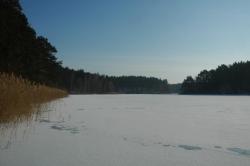




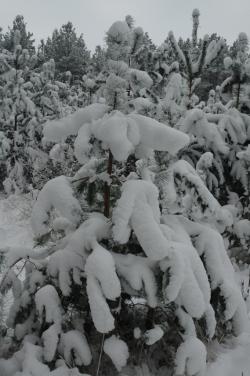
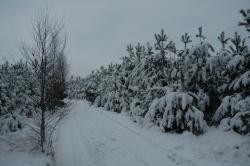
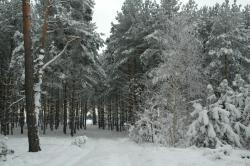





 Brusznica fot. Robert Malina
Brusznica fot. Robert Malina
 Bocian czarny fot. Robert Malina
Bocian czarny fot. Robert Malina
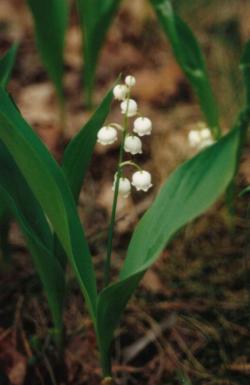 Konwalia Majowa fot. Robert Malina
Konwalia Majowa fot. Robert Malina
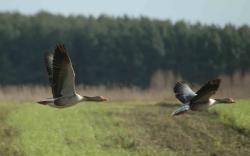 Gęsi gęgawe fot. Robert Malina
Gęsi gęgawe fot. Robert Malina
 Jezioro zimą fot. Robert Malina
Jezioro zimą fot. Robert Malina
 Jezioro zimą fot. Robert Malina
Jezioro zimą fot. Robert Malina
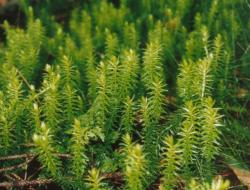 Widłak fot. Robert Malina
Widłak fot. Robert Malina
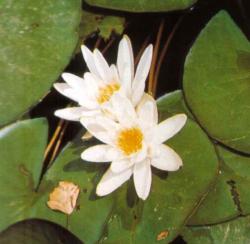 Grzybień biały fot. Robert Malina
Grzybień biały fot. Robert Malina
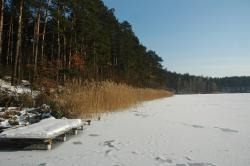 Jezioro zimą fot. Robert Malina
Jezioro zimą fot. Robert Malina
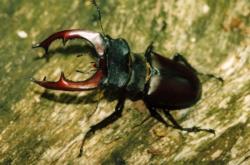 Jelonek Rogacz fot. Robert Malina
Jelonek Rogacz fot. Robert Malina
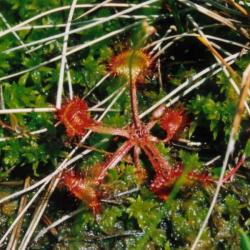 Rosiczka okrągłolistna fot. Robert Malina
Rosiczka okrągłolistna fot. Robert Malina
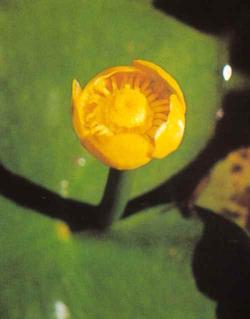 Grążel żółty fot. Robert Malina
Grążel żółty fot. Robert Malina
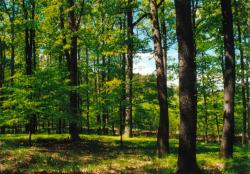 Dąbrowa fot. Robert Malina
Dąbrowa fot. Robert Malina
 Jezioro Grzybno fot. Robert Malina
Jezioro Grzybno fot. Robert Malina
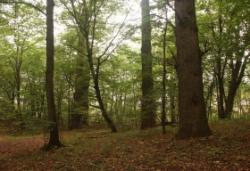 Rezerwat Przyrody Lemierzyce fot. Robert Malina
Rezerwat Przyrody Lemierzyce fot. Robert Malina
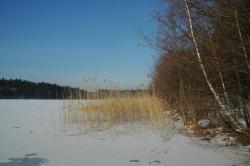 Jezioro zimą fot. Robert Malina
Jezioro zimą fot. Robert Malina
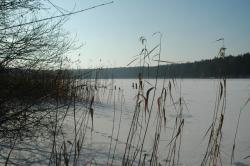 Jezioro zimą fot. Robert Malina
Jezioro zimą fot. Robert Malina
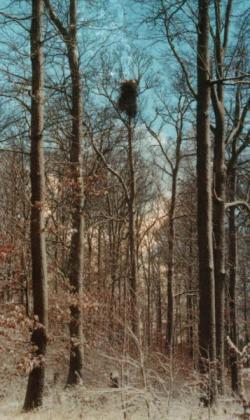 Gniazdo Bielika fot. Robert Malina
Gniazdo Bielika fot. Robert Malina
 Podgrzybek fot. Robert Malina
Podgrzybek fot. Robert Malina
Nadleśnictwo Ośno Lubuskie znajduje się na Pojezierzu Łagowskim i na terenie Kotliny Gorzowskiej, a niewielki fragment na Lubuskim Przełomie Odry. Jest to teren zróżnicowany, z licznymi jeziorami zazwyczaj o wydłużonym kształcie, ciągnącymi się nawet na przestrzeni kilku kilometrów (najdłuższe z nich ciągnie się przez 5 km – jest to jezioro Grzybno).
Przy jeziorach przeważają tereny pagórkowate ze skłonami o dużych spadkach w kierunku zbiorników wodnych.
W związku z przewagą ubogich gleb, łatwo przepuszczających wodę, małą ilość opadów atmosferycznych, a zapewne także w wyniku wprowadzenia sosny przez człowieka w okolicach Ośna występują głównie bory sosnowe.
Lasy liściaste w tym grądy, olsy, łęgi jesionowe występują w okolicach jezior i to właśnie tam nadają krajobrazowi niepowtarzalny charakter. Do ciekawych i równie pięknych należą lasy, gdzie jako jeden z gatunków głównych występuje klon jawor, wiąz , czy te w których dominuję klon pospolity.
Udział poszczególnych typów siedliskowych w lasach:
· Siedliska borowe – 58,4 %
· Siedliska lasowe – 39,3 %
· Siedliska olsowe i łęgowe – 2,3 %
Zachowane na naszym rejonie stare drzewostany dębowe ( z dębem bezszypułkowym) świadczą, o tym że występują tu odpowiednie warunki dla tegoż gatunku. Potwierdza to fakt że w ostatnich latach udział dębu w składzie gatunkowym naszych drzewostanach zwiększa się; obecnie dąb zajmuje drugie – po sośnie – miejsce w lasach Nadleśnictwa.
Procentowy udział w ogólnych zapasie Nadleśnictwa:
· Sosna – 91,5%
· Dąb – 3,5%
· Drzewostany z brzozą – 1,5%
· Drzewostany z olchą – 1,9%
· Drzewostany akacjowe – 0,8%.
Pozostałe gatunki tworzą drzewostany wielogatunkowe i występują na niewielkich powierzchniach, przez co ich znaczenie gospodarcze jest niewielkie.
Ogólna powierzchnia Naszego Nadleśnictwa wynosi 18 755,88 ha, w tym leśna 18 362,10 ha, a lesistość wynosi ponad 39%.


